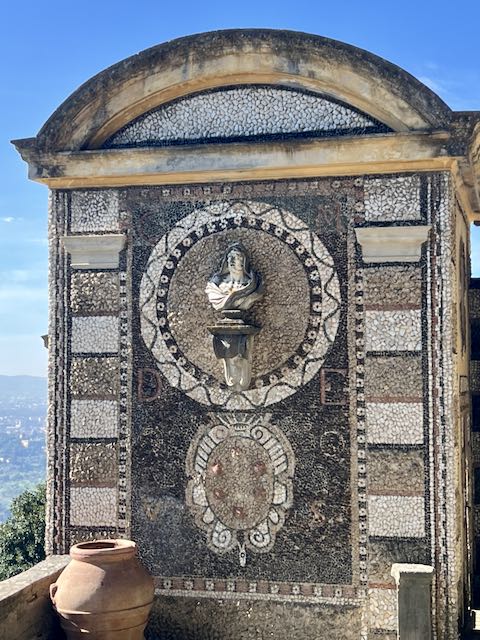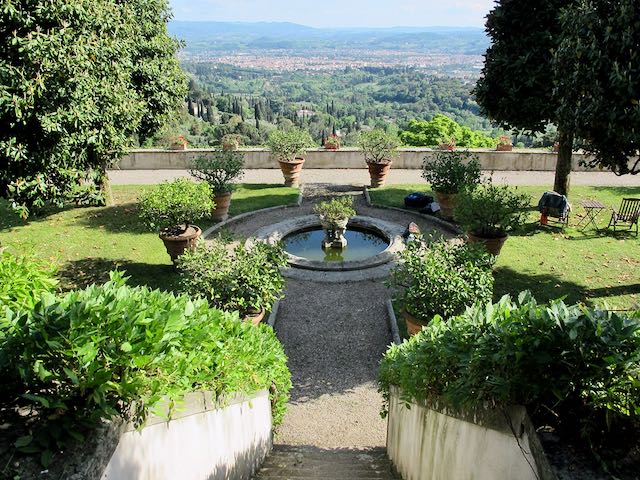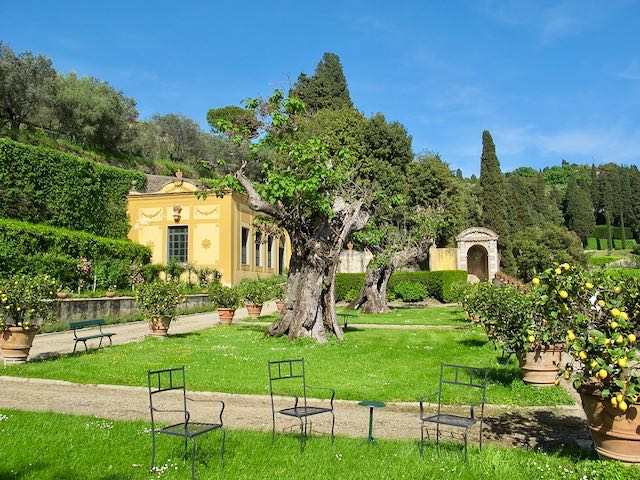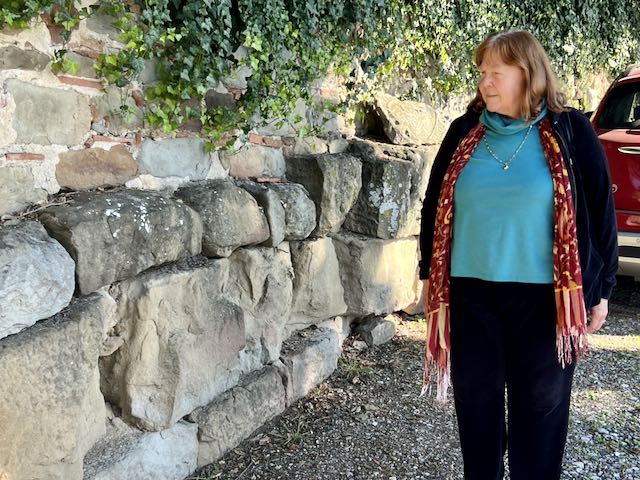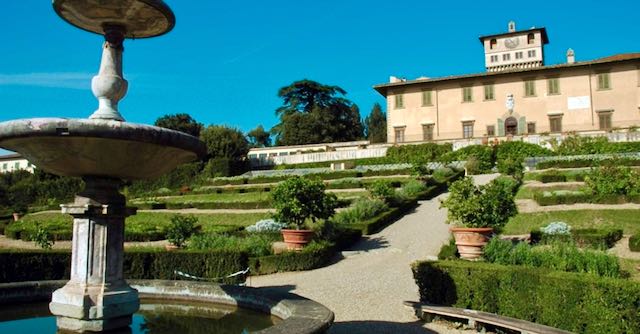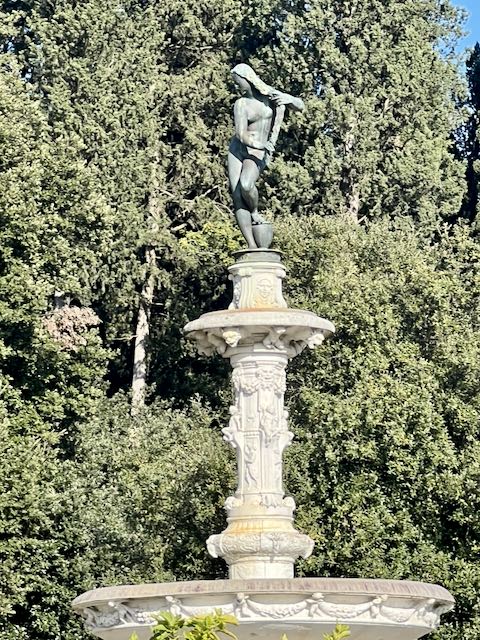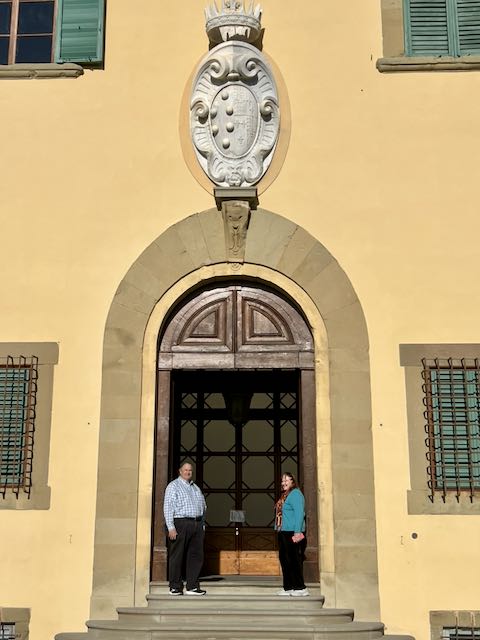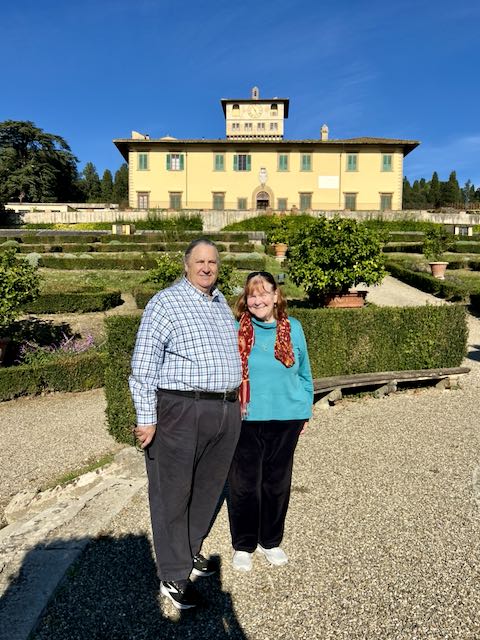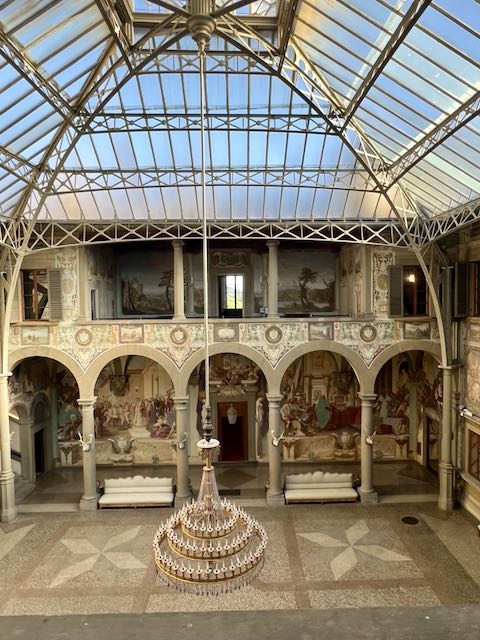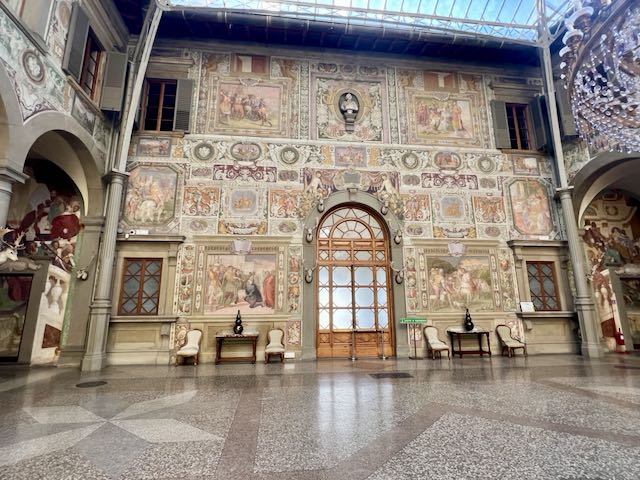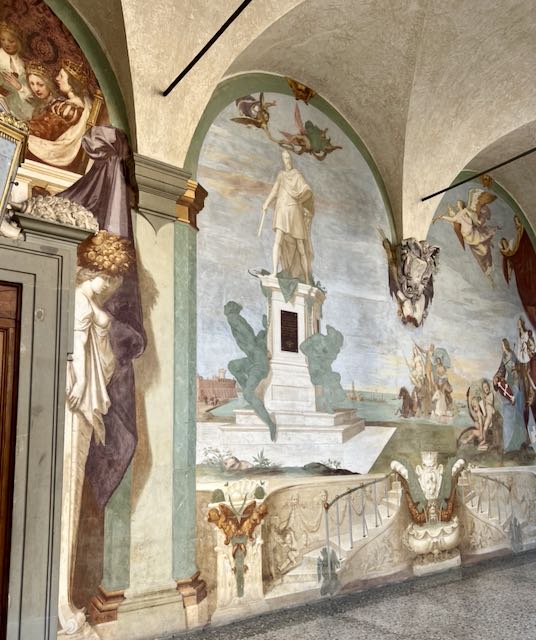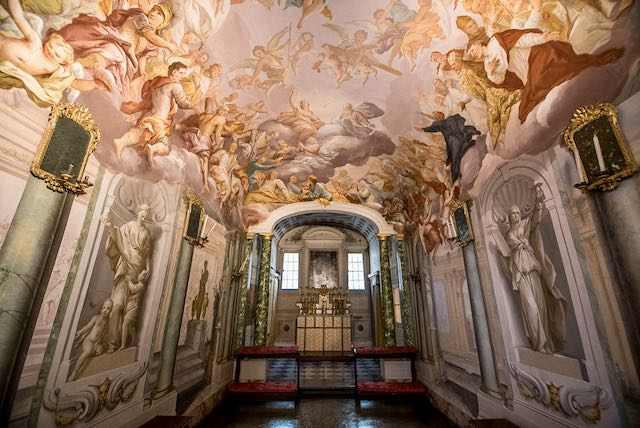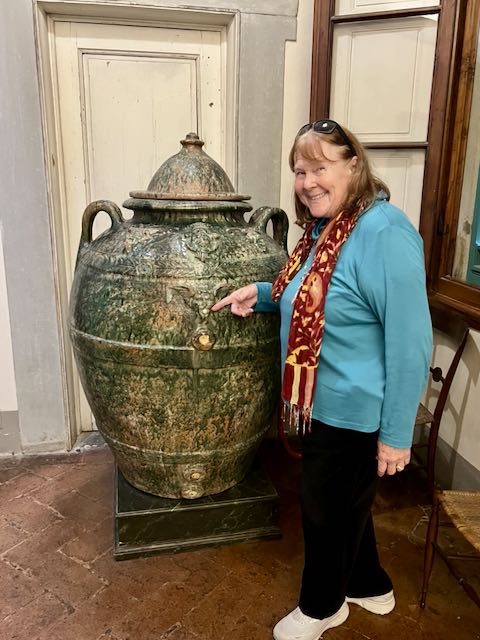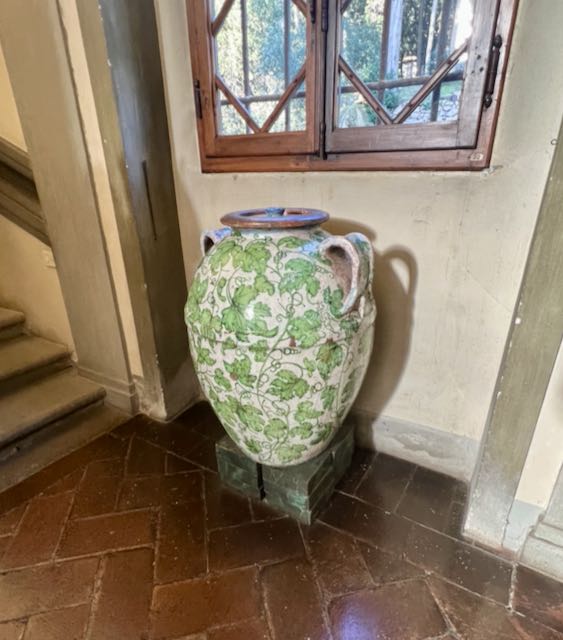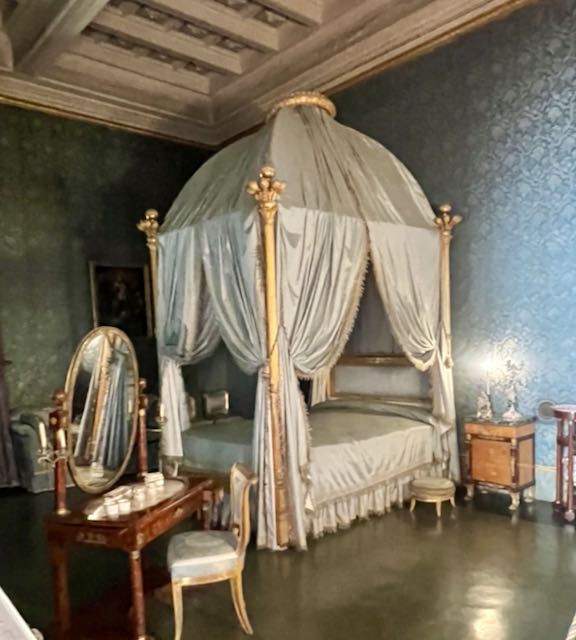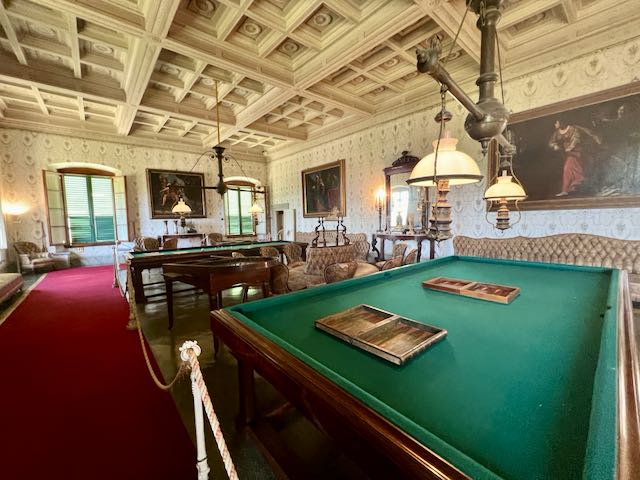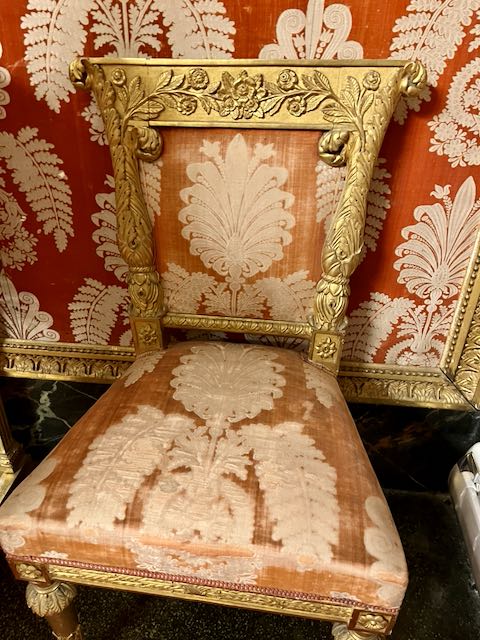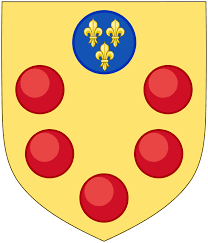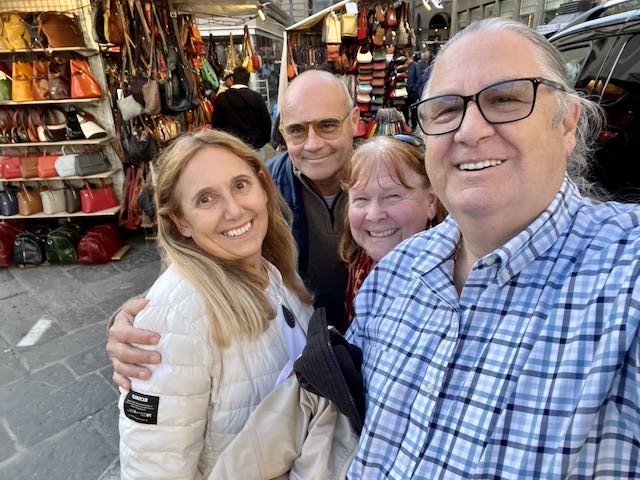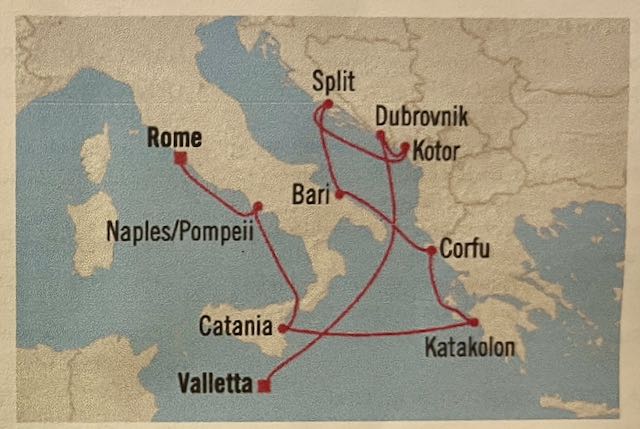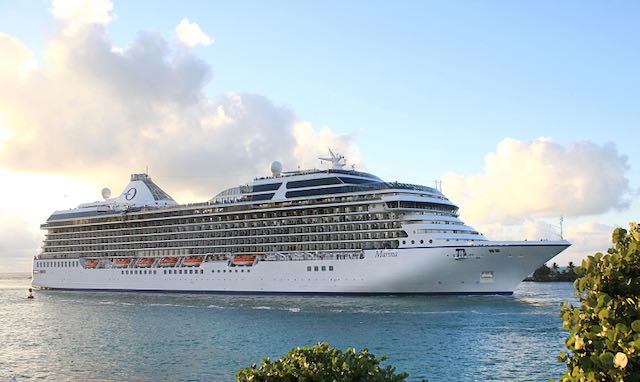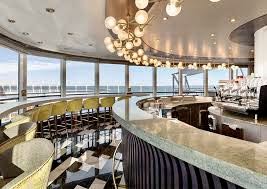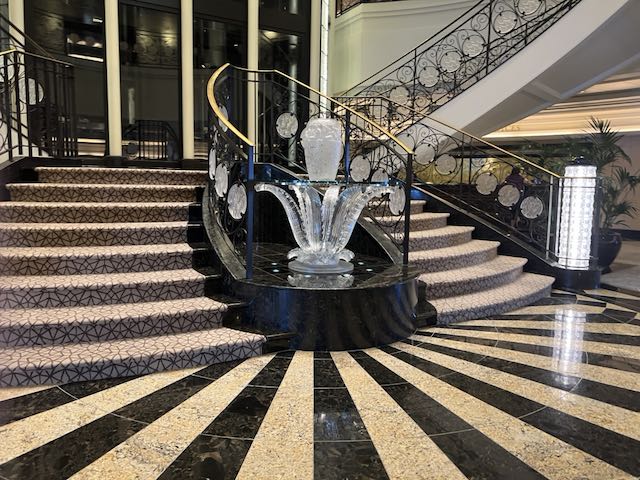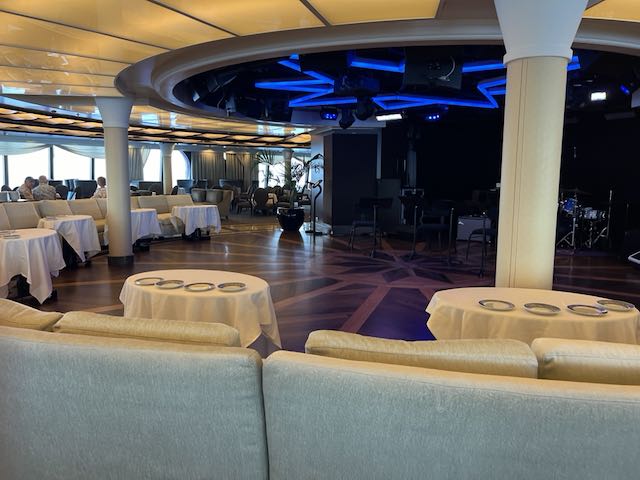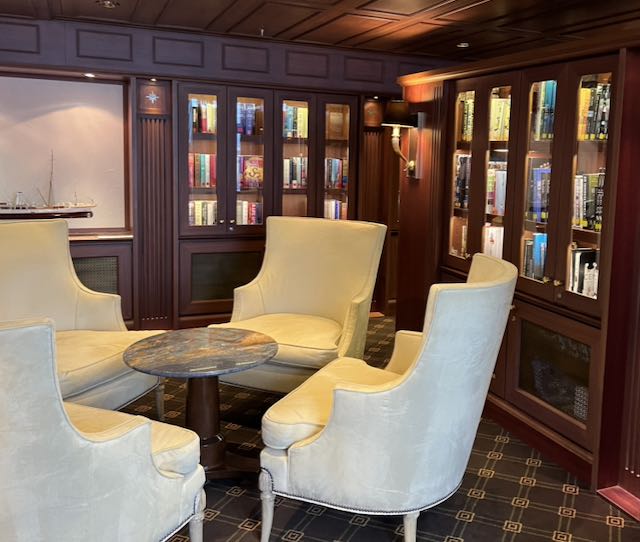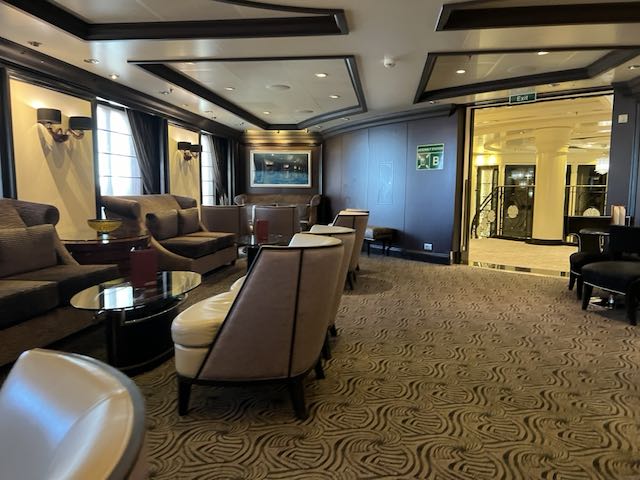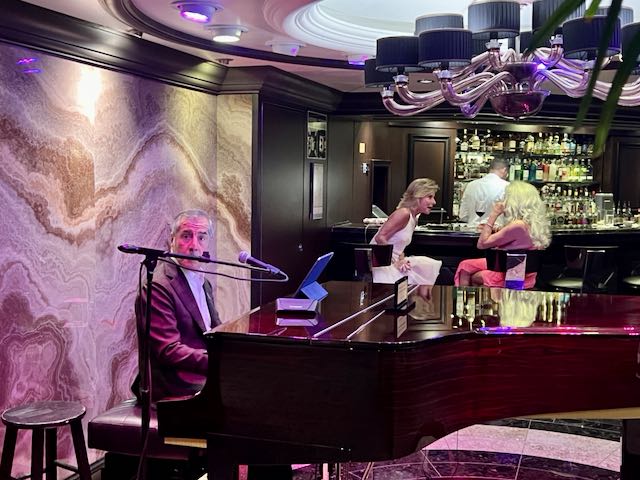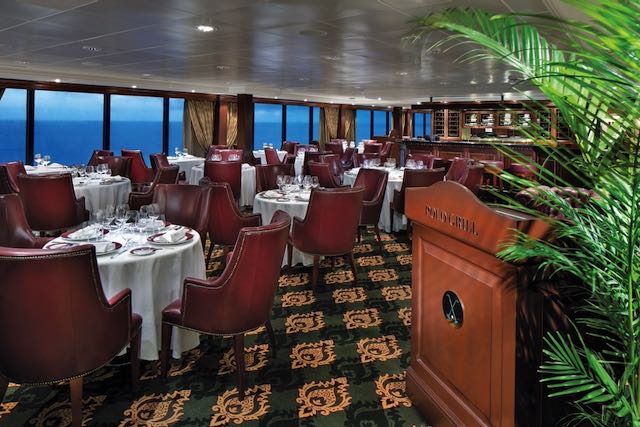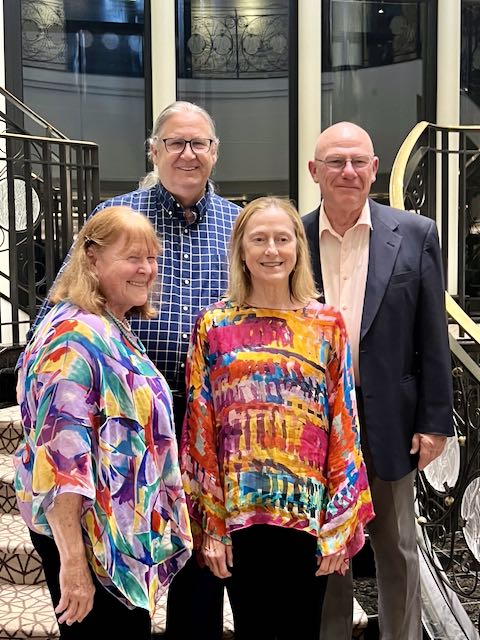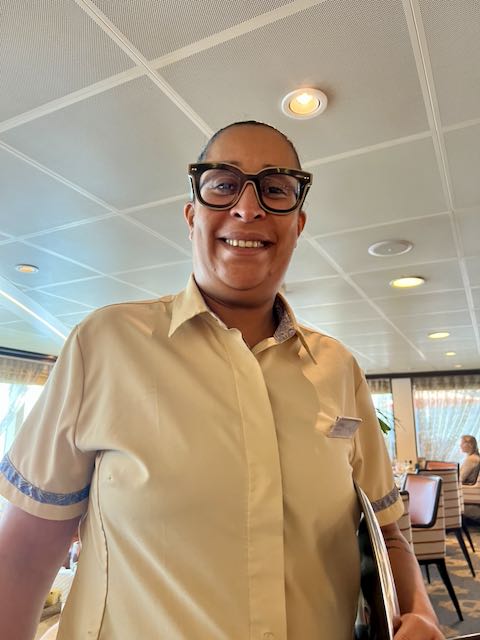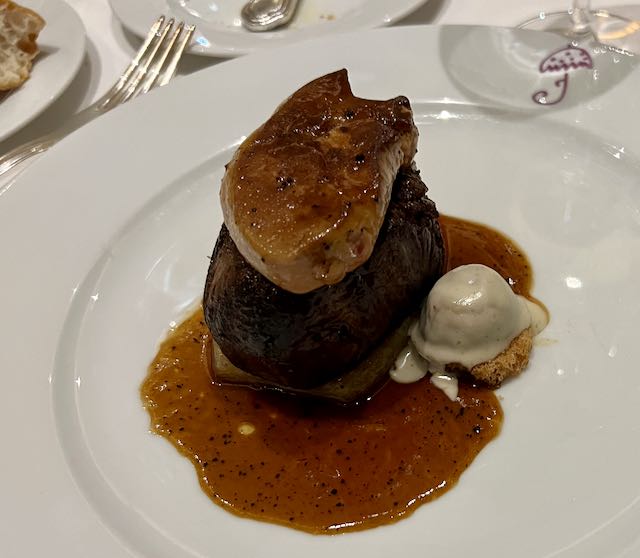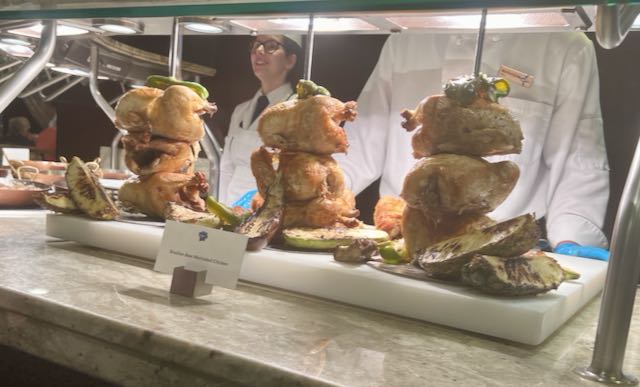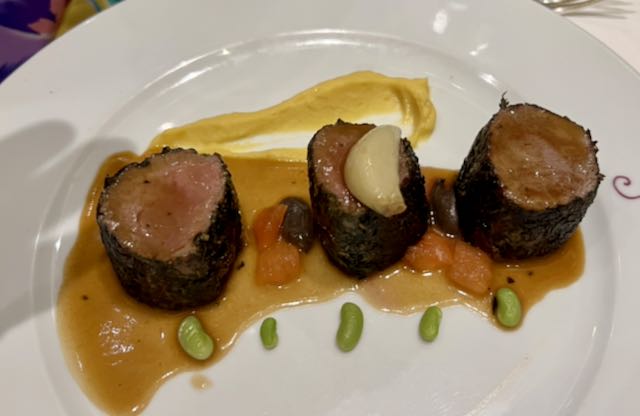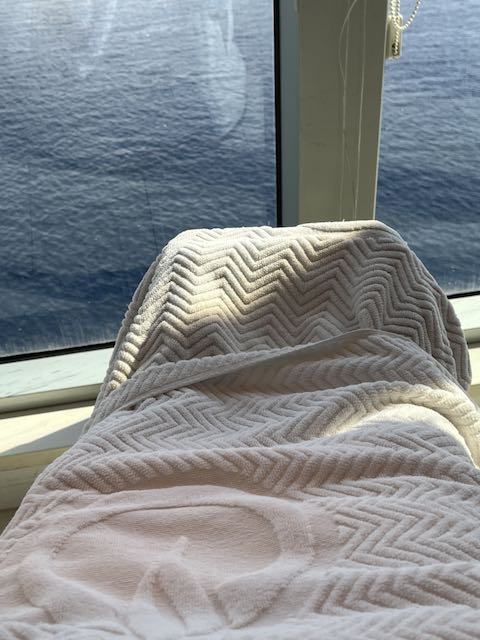The second day of the program with Elaine and Ross we were filled with art…well, in all honesty, it would be impossible to be in Florence and not be surrounded by fabulous art. Today we headed out to visit the Bargello. The Museo Nazionale del Bargello is located in one of the oldest public buildings in Florence. Contained within its walls is one of the most important collections of Italian Renaissance sculpture. Along the way we saw masterpieces by Donatello, Verrocchio, Cellini and of course our main subject guy, Michelangelo.

The place was founded in 1255 and built to serve as the first public building in medieval Florence. It was soon to became the seat of the Podesta, the chief city magistrate whose many coats of arms are still set in the walls of the courtyard. In the mid 1500s the building became the seat of the “Bargello” – the head of the city police and was used as a prison for many years.




Completely restored in the mid 1800’s it was opened as the first National Museum of the then newborn Kingdom of Italy and was dedicated to the arts of the Middle-ages and Renaissance.

Many of the bronze and marble sculptures that belonged to the Medici dynasty found their way to this Museum.







Ross King talking about the Pitti Tondo an unfinished marble relief of the Virgin and Child by Michelangelo in round or tondo form.
After being overwhelmed by all the sculpture and bronze we made our way over to the Medici Tombs at the Basilica of San Lorenzo. The Medici Chapels are really two chapels built between the 16th and 17th centuries as an extension to the Basilica of San Lorenzo. They are the Sagrestia Nuova (‘New Sacristy’), designed by Michelangelo, and the larger Cappella dei Principi (‘Chapel of the Princes’), a collaboration between the Medici family and architects.

The New Sacristy – so named to so named to distinguish it from the old one built by Brunelleschi in the church was designed and built by Michelangelo from 1519 to house the tombs of Lorenzo and Giuliano de’ Medici, which were decorated with his wonderful sculptures. Michelangelo created for the Medici Chapels some of his most beautiful sculptures: the four Parts of the Day (Dusk, Day, Dawn and Night) that are part of the funeral monuments of Lorenzo and Giuliano de’ Medici, and the stunning Medici Madonna. Although it was vaulted over by 1524, the ambitious projects of its sculpture and the intervention of events, such as the temporary exile of the Medici (1527), the death of Giulio, eventually Pope Clement VII, and the permanent departure of Michelangelo for Rome in 1534, meant that Michelangelo never finished it.



The Chapel of the Princes with its crypt is the proper burial place of members of the Medici family. The Chapel was based on the idea that the Grand Duke Cosimo II de’ Medici wanted to create a monument for a family tomb. Work began on the tomb under Grand Duke Ferdinando I de’ Medici who appointed architect and sculptor Matteo Nigetti in 1604, based on a design by Don Giovanni de’ Medici, brother of the Grand Duke himself. Nigetti completed the mausoleum in 1640. It has a large dome and marble interior. The octagonal room is 92 ft wide and is surmounted by the dome of San Lorenzo, which reaches a height of 194 ft, the second most majestic in the city after Filippo Brunelleschi’s dome.

The Chapel of the Princes
The octagonal room is almost entirely covered with stones and different-coloured marbles. The six porphyry(rare purple) sarcophagi of the Grand Dukes are contained in niches along the walls and complemented by bronze statues. The interior has rich inlays referred to as Florentine mosaic, a method of piecing together semi-precious stones. The paintings in the dome are of the Creation, Death of Abel, Sacrifice of Noah, Nativity, Death and Resurrection, Last Judgment, are by Pietro Benvenuti. The Chapel of the Princes is really overwhelming with color and beautiful pieces.



The works of Michelangelo just continue to amaze and there are a lot more to discover.
Don’t forget to leave a comment!






































